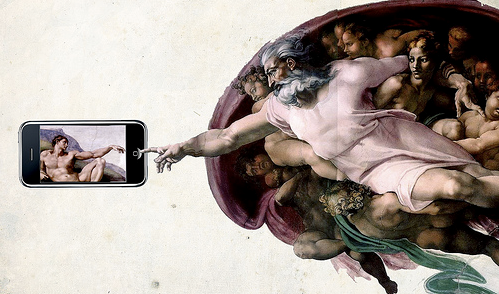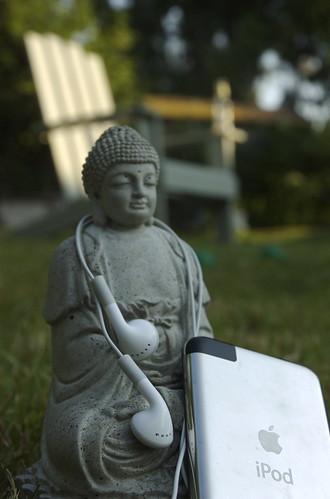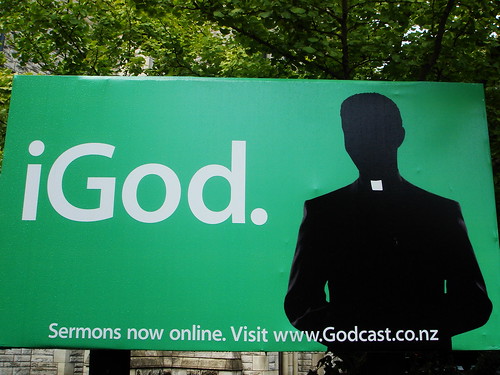Hardcore meditators spend a majority of their time attempting to open the sleepy lid of the “third eye,” what the Hindus call the ajna chakra or insight energy center. It’s the most popular metaphysical organ that allows one to gain insight on experience that goes beyond what is physical reality. Traditionally, this most intuitive place on the human body is located right between and above your regular eyes, contrary to the common belief that it is in the gut. It’s a long-standing idiom that guts have shit for brains, which qualifies it for instinct, not insight. The head eats, the gut digests. Just like with food, the ingestion of thought really shouldn’t be reversed.
The third eye, when not possessed of retinal problems or chronic dryness, can provide anyone with great wisdom about how the universe works as well as quell irrational thoughts and fears. It educates and enlightens and gives you the most legitimate reason to sit on your ass for hours doing absolutely “nothing.”
If you are not quite jived about gluteus numbness, there’s some good news. There’s a compact, portable electronic device which can provide you with hours of insight and knowledge with the spin of scroll wheel(showing my age with that one, aren't I?). It also contributes to millions of peoples’ raging gadget envy everyday.

Fig. 2 No one can resist
I bought my first iPod the moment they came into existence. Freshman year, Thanksgiving present to myself. It was worth every penny of the $400 price tag just to see the faces of joyous jealousy around me. Five gigabytes of hard drive gave me the power to carry around my entire music collection in something the size of a deck of cards. At the time, my collection was much more modest than it is now.
After getting acclimated to the concept of listening to anything my heart desired at any moment anywhere, I noticed I could only listen to my favorite music for so long without getting bored or getting infected with one too many musical earworms. Luckily, I stumbled upon the precious Dead Sea scrolls of electronic audio: podcasts.
Fig. 3 The Qur'an tops the charts
Learning about religion is learning a language. When studying any language, it’s always best for a student to hear the voices of people speaking in their native tongues. Podcasts provide the best listening.
I encountered a whole new lexicon of delicious ten-dollar terminology (chametz, dukkha, and transubstantiation are some of my favorites) and you not only have to know definitions, but how to work with religious grammar. Muslims always follow any mention of the Prophet Muhammad with an alayhis salaam (a wish for “peace and blessings”), “Nirvana” cannot not be used interchangeably with “Heaven,” “Zen” should be capitalized, and out of deference, the Jews tend to type “G-d” when referring to the one who says “I am what I am.”
English degree. Forgive me my anal retention.
While we're at it, let me introduce you to what my film prof might have called the Barthes Paradigm. This method--which I just based on the philosopher and semiotician Roland Barthes’ archetype of textual analysis--assumes a long list of subject associations for any cultural reference in works of art or expression that enriches the work, especially if the beholder already has background contextual knowledge or has the initiative to explore it.
It’s not a mind-numbing as it sounds.
Say you’re watching Caddyshack and you skip to the sequence where all the caddies are allowed into the club pool from 1:00-1:15. At one point, a swimmer tosses a Baby Ruth into the water, and mistaking it for human excrement, all the other swimmers start to freak out. Throughout this sequence of shots, an ominous two-note tune escalates until the last person in the pool realizes that he’s come face-to-face with the offending candybar.
Fig. 4 It's not so bad
On the surface, this scene is funny because of the irrational fear of a very inoffensive foodstuff, but for summer moviegoers and any viewer who is in the loop of American culture, the scene has an extra level of humor wrapped up in the usage of that simple music choice. The implicit joke of that tune assumes that the viewer has a certain familiarity with the first American summer blockbuster Jaws, which was released in 1975, only five years before Caddyshack. Playing that tune imbues the candybar with the even more irrational and hyperbolic abstract concept that turd-shaped chocolate-dipped nuts and nougat is as dangerous as a ginormous great white shark. Also, it humorously illustrates the current Michael Pollan doctrine that all processed foods are crap.
Sucked all the calcium out of the comedic teeth of that scene didn’t I? For our final thesis, my prof made us write 26 such explanations—one for each letter of the alphabet—for a classic Hollywood film from the 40s. I couldn’t watch The Philadelphia Story for years afterwards.
Luckily, on the internet, the Barthes Paradigm is in a most obvious state of full swing. You go to a page, you read a block of text, you see a word or phrase colored in a way that indicates that it’s a link, you click on it, and it instantly pops up with a whole new page associated with that word or phrase. The cultural referents are imbedded for you. The medium is the message, right? I may not have Marshall McLuhan standing next to me to confirm this idea, but I’m not as lucky as Woody Allen.
The podcasts work in the same way. You listen to one, and they will often refer you to another cast, blog, website, book, movie, TV show, documentary, or a magazine, creating arteries that branch into veins and capillaries that deliver you to the most detailed and specific areas of the religious body. That body just happens to be in a shape of a Möbius strip.
After stumbling upon a Los Angeles-based Buddhist monk videocasting from his zendo in Koreatown and listening to a Catholic priest from Holland discuss doing an overseas interview using Skype, it’s extremely difficult to continue convincing yourself that religion is stuck in medieval times.
Even after teaching devotional prayer in public schools was banned in the 60s and people quit going to Sunday school for fear of waking up before eight o’clock on a weekend, traditional thousand-year-old religions had not, in fact, been cast down. They had sublimated into binary code, and they are easily accessible no matter how culturally homogeneous your surroundings.
God is in the machine, and It works in ones and zeros.












No comments:
Post a Comment
You're welcome to comment. Just keep in mind this is a personal as well as an academic blog and I like to see thoughtful, respectful commentary. No offensive language or curt replies, please :)